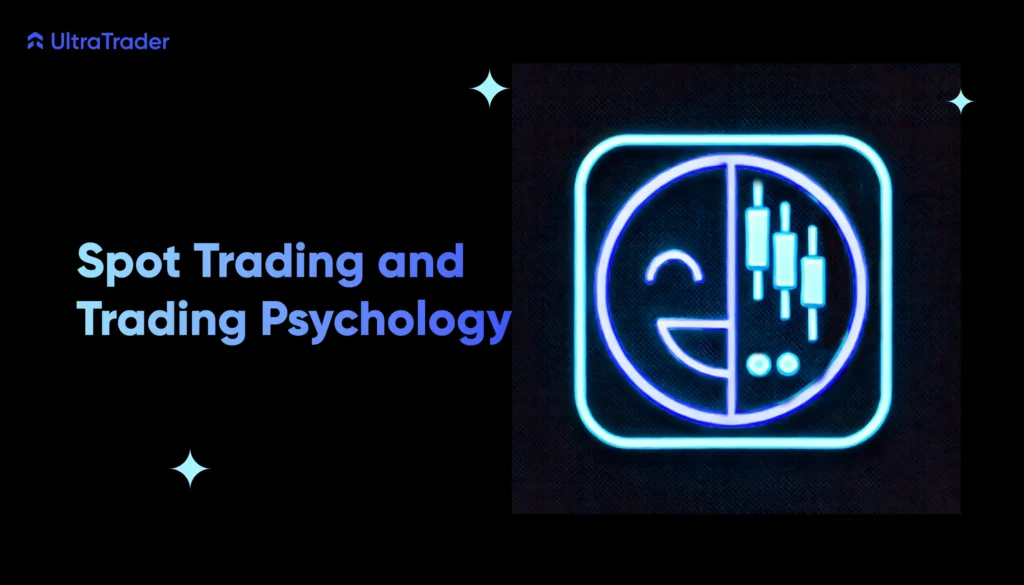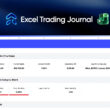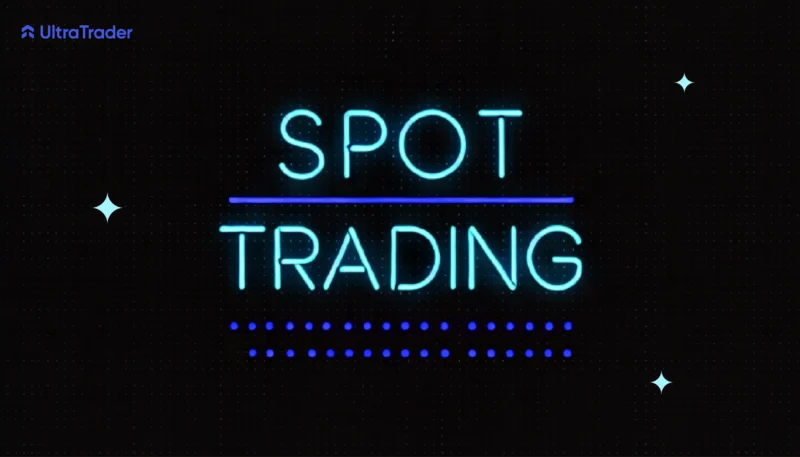What is Spot Trading?
Spot trading refers to the purchase or sale of financial instruments such as commodities, currencies, or securities for immediate delivery and settlement. Unlike futures or options, spot trading involves the immediate exchange of the asset at the current market price, known as the spot price.
How Does Spot Trading Work?
Spot trading operates in various financial markets, including forex, commodities, equities, and crypto. Here’s a step-by-step overview of how it works:
- Place an Order: Select the asset, choose order type (market, limit, stop), and specify quantity and price.
- Execution: Order is matched and executed, followed by a trade confirmation.
- Settlement: Immediate delivery and transfer of the asset to your account.
Advantages of Spot Trading
Spot trading offers several benefits that make it attractive to traders:
- Immediate Settlement: Transactions are settled quickly, providing immediate ownership or liquidation of the asset.
- Transparency: The spot price reflects the current market value, ensuring transparency.
- Simplicity: Spot trading is straightforward compared to derivatives trading, making it suitable for traders of all levels.
Key Concepts in Spot Trading
Understanding the following key concepts is crucial for successful spot trading:
- Spot Price: The current price at which an asset can be bought or sold for immediate delivery.
- Bid-Ask Spread: The difference between the highest price a buyer is willing to pay and the lowest price a seller is willing to accept.
- Liquidity: The ease with which an asset can be bought or sold in the market without affecting its price.
Spot Trading Strategies

Developing effective strategies is essential for maximizing returns in spot trading. Here are some popular strategies:
- Scalping: Involves making multiple trades within a day to profit from small price movements.
- Day Trading: Traders buy and sell assets within the same trading day, avoiding overnight exposure.
- Swing Trading: Focuses on capturing short- to medium-term gains over a few days to weeks.
Spot Trading vs. Futures Trading
Understanding the differences between spot trading and futures trading is crucial for traders:
- Delivery: Spot trading involves immediate delivery, while futures trading involves future delivery at a predetermined date.
- Leverage: Futures contracts typically offer higher leverage compared to spot trading.
- Risk Management: Futures trading allows for better risk management through hedging (Being able to Long or Short an asset at the same time)
Spot forex trading is one of the most popular forms of spot trading. It involves the exchange of currencies at the current exchange rate. Key benefits include:
Spot Forex Trading
- High Liquidity: The forex market is the most liquid financial market in the world.
- 24/7 Trading: Forex markets operate around the clock, providing continuous trading opportunities. (Except on Saturdays and Sundays)
- Leverage: Forex brokers offer high leverage, allowing traders to control large positions with a relatively small capital outlay.
Spot Crypto Trading
The crypto spot market is an emerging and rapidly growing segment of the trading world. It involves the immediate exchange of cryptocurrencies at their current market prices. Key advantages include:
- High Volatility: The cryptocurrency market is known for its high volatility, offering traders significant profit opportunities.
- Decentralization: Unlike traditional financial markets, crypto markets operate on decentralized platforms, providing greater transparency and security.
- Diverse Asset Options: With thousands of cryptocurrencies available, traders have a wide range of assets to choose from, enabling diversified investment strategies.
- Innovation and Growth: The crypto market is continuously evolving, with new technologies and projects emerging regularly, creating numerous trading opportunities.
How to Start Spot Trading
To get started with spot trading, follow these steps:
- Choose a Broker: Select a reputable broker that offers competitive spreads and robust trading platforms.
- Open an Account: Complete the account opening process, including verification and funding.
- Develop a Strategy: Formulate a trading strategy based on your risk tolerance and market analysis.
- Monitor the Market: Stay updated with market news and analysis to make informed trading decisions.
- Execute Trades: Place trades based on your strategy and market conditions.
Essential Tools for Spot Traders
Using the right tools can enhance your spot trading experience:
- Trading Platforms: Robust platforms like MetaTrader 4/5 provide advanced charting and trading tools.
- Market Analysis Tools: Economic calendars, news feeds, and technical analysis tools help traders stay informed.
- Risk Management Tools: Stop-loss orders and position sizing calculators help manage risk effectively.
- Utilize trade tracking software like UltraTrader to monitor and analyze your trading performance, helping to identify patterns and improve strategies.
Spot Trading and Trading Psychology

Successful spot trading requires more than just technical knowledge; understanding trading psychology is equally important. Emotional control, discipline, and patience are key traits for successful traders. For more insights on trading psychology, check out this full guide on Trading Psychology.
Conclusion
Spot trading is a fundamental part of financial markets, offering numerous opportunities for traders. By understanding its mechanics, benefits, and risks, traders can develop effective strategies to enhance their trading performance. Whether you’re trading in the spot forex market or other financial markets, spot trading can be a valuable addition to your trading arsenal.
FAQs
What does spot mean in trading? Spot trading refers to buying and selling financial instruments for immediate delivery and settlement.
What is the difference between spot trading and futures trading? Spot trading involves immediate delivery of assets, while futures trading involves delivery at a future date.
Is spot trading suitable for beginners? Yes, spot trading is simpler and more transparent, making it suitable for beginners.
What markets are included in spot trading? Spot trading includes forex, commodities, crypto, and equities markets.
How can I manage risks in spot trading? Use risk management tools like stop-loss orders, diversify your trades, and avoid over-leveraging.
Can I use leverage in spot trading? Yes, leverage is available in spot trading, particularly in the forex market, but it also increases risk.










